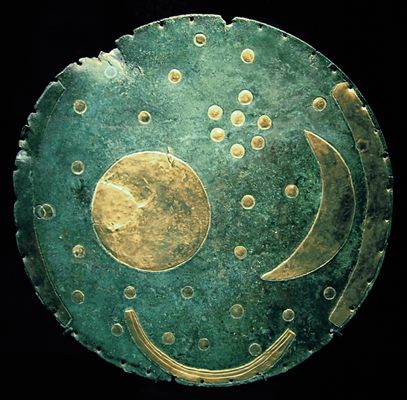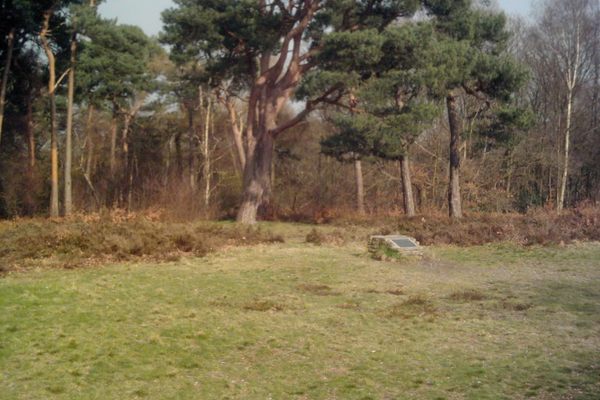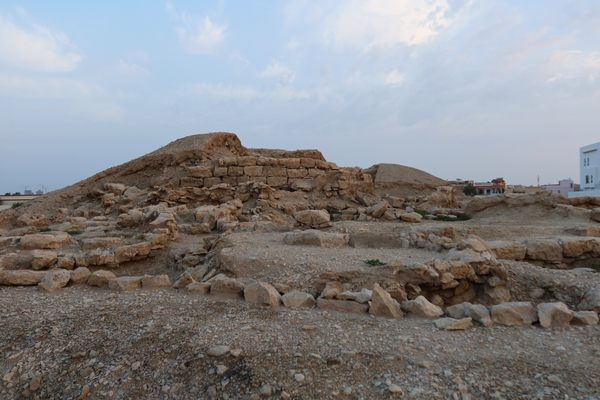About
In 1999, two amateur treasure hunters made a rare discovery at a forest close to Nebra, a small town in the Eastern German region of Saxony-Anhalt, that shook the world of archeology.
Knowing well that their “excavations” were illegal, the looters used a metal detector and discovered various Bronze Age objects they partially destroyed through unprofessional excavation techniques. The sensational sky disc, which they considered to be a simple shield, was sold to a dealer in antiques the next day and the sky disc was obtained by the state in a spectacular crime scene at the Swiss border some weeks later.
Finally, after being available to a scientific investigation, various research teams of several scientific disciplines started their examinations of the curious object with great enthusiasm. After the age (3,600 years), the identity of the processed materials (bronze and gold) and the possible origin of the disc (from mines in present-day Austria, England, and Romania), archeologists started their interpretations. It was in use from 1,800 to 1,600 BC and faced several “updates” during that time.
Obviously showing the moon, the sun, and several other celestial constellations, the “sky disc of Nebra” soon proved to be not only a simple depiction of the visible sky but a sophisticated tool to anticipate moon phases and calendar planning in the bronze age. The sky disc is listed among the world’s most important archeological findings of the last century. Since 2008, it has been on permanent display at the “Halle State Museum of Prehistory." Besides the iconic sky disc, the museum has other curious archeological and paleontological exhibits on display, for example, the world’s only fossilized fingerprint of a Neanderthal and the 370,000-year-old remains of a Homo Erectus.
Related Tags
Know Before You Go
Halle State Museum of Prehistory is open from Tuesday through Friday from 9 a.m. to 5 p.m., and on Saturdays and Sundays from 10 a.m. to 6 p.m. On Mondays, the museum is closed.
Community Contributors
Added By
Published
April 11, 2019

























